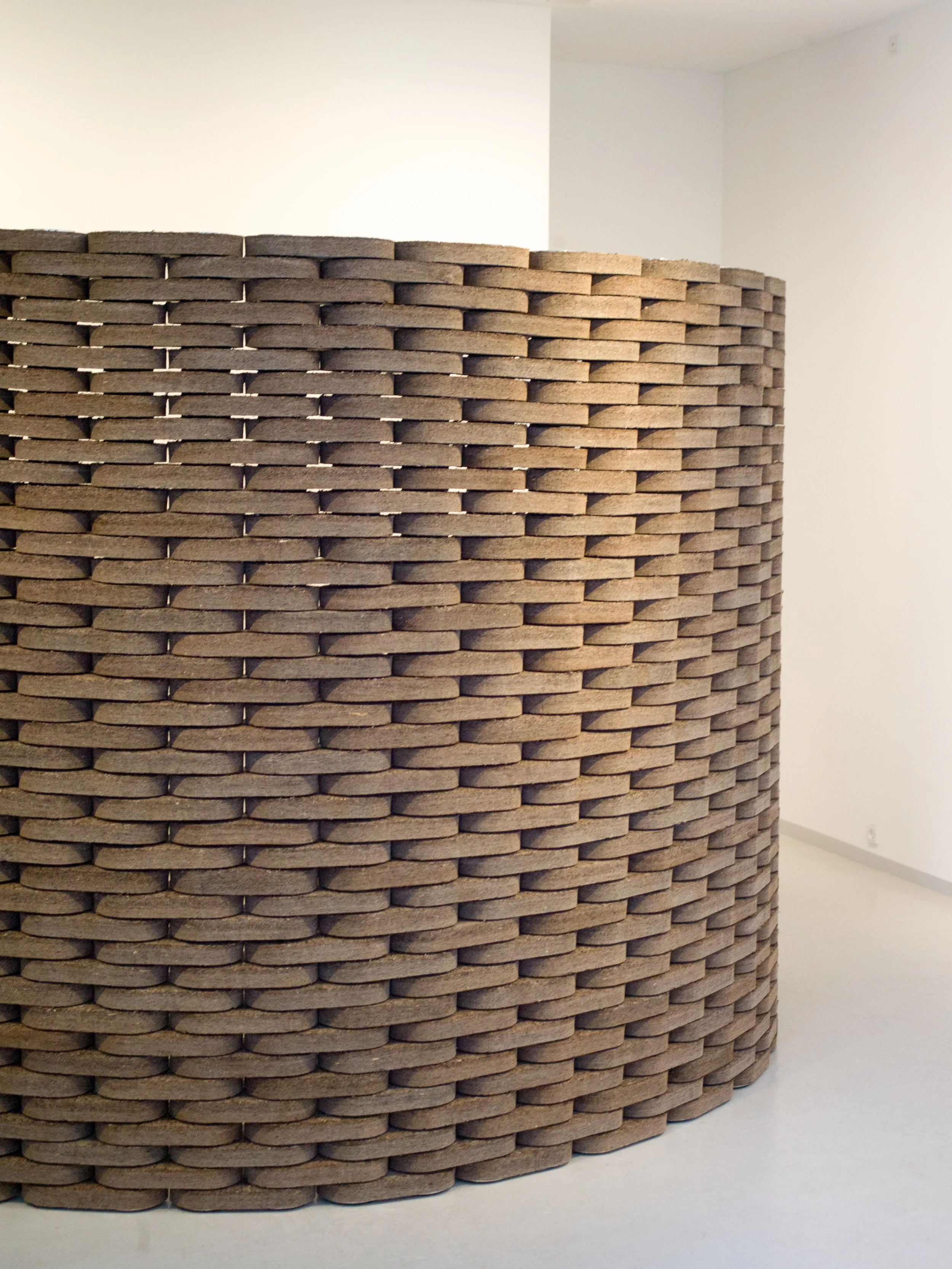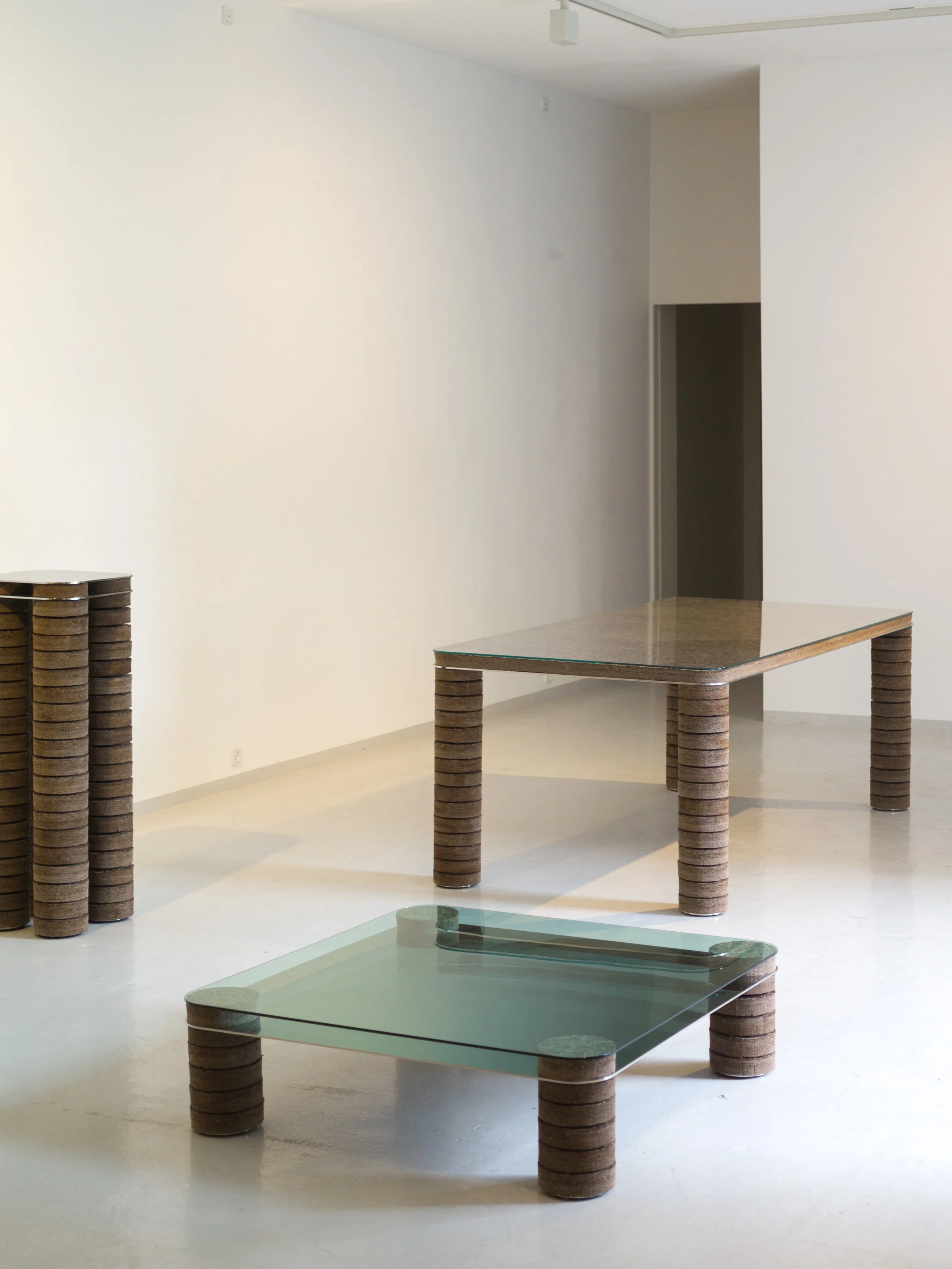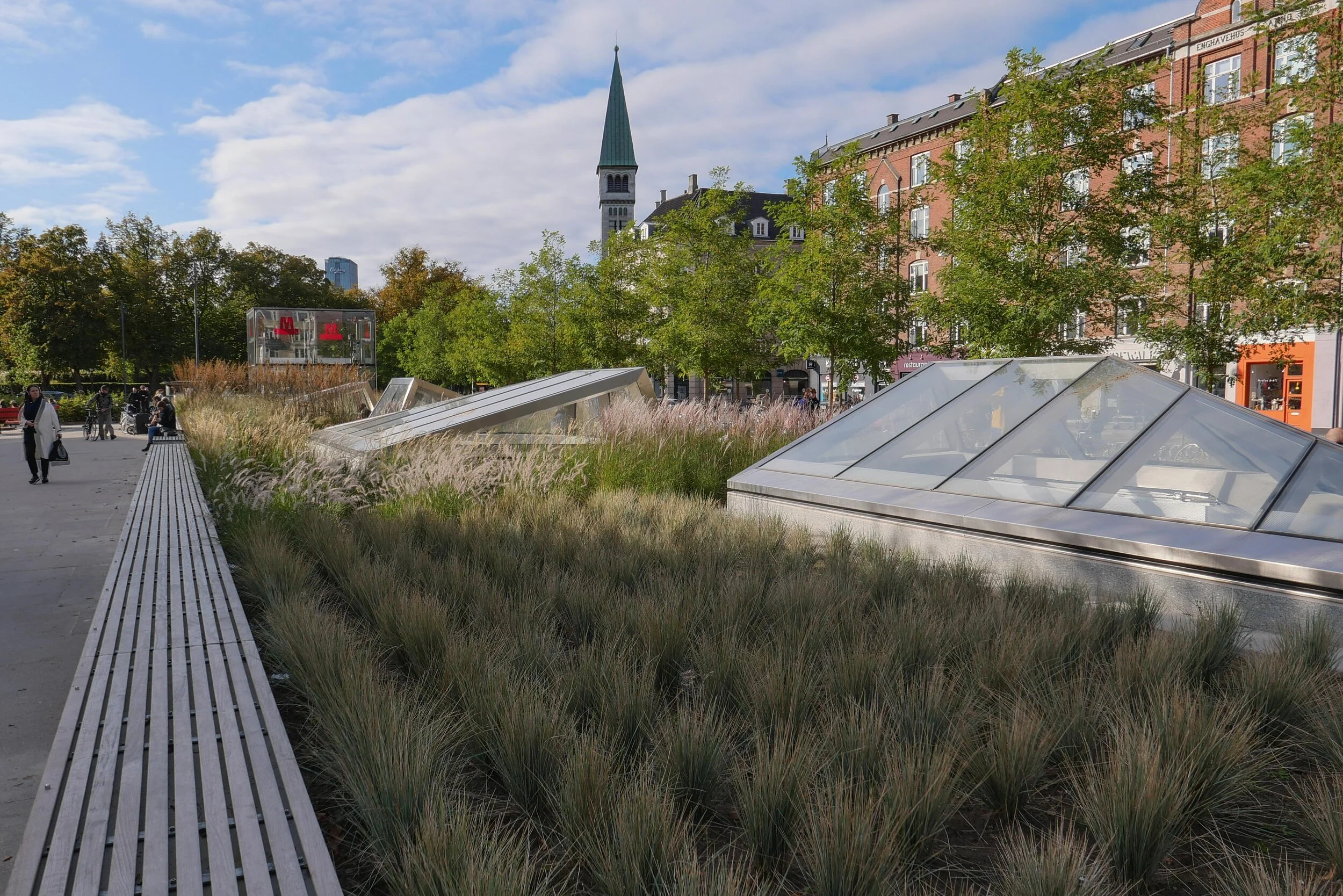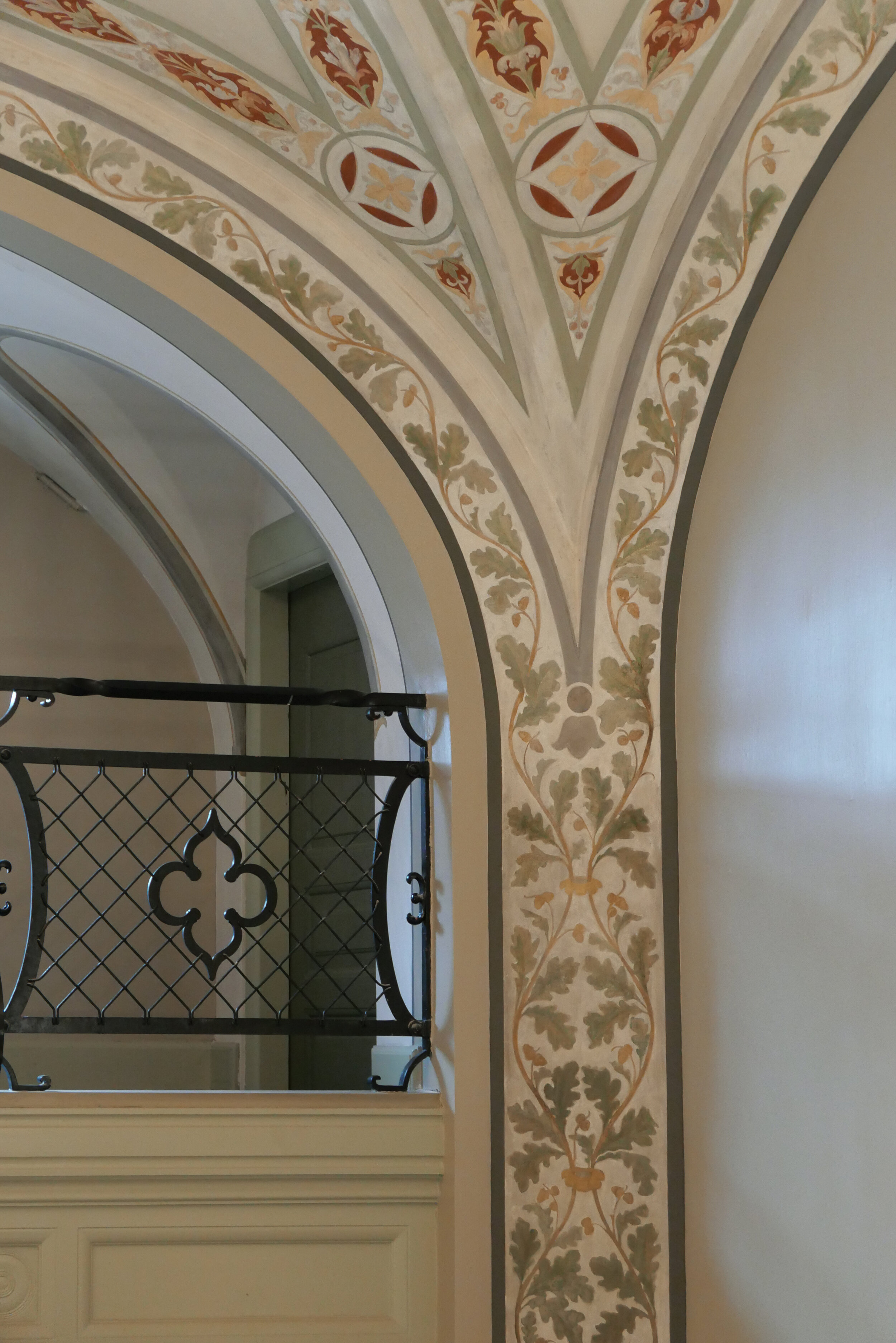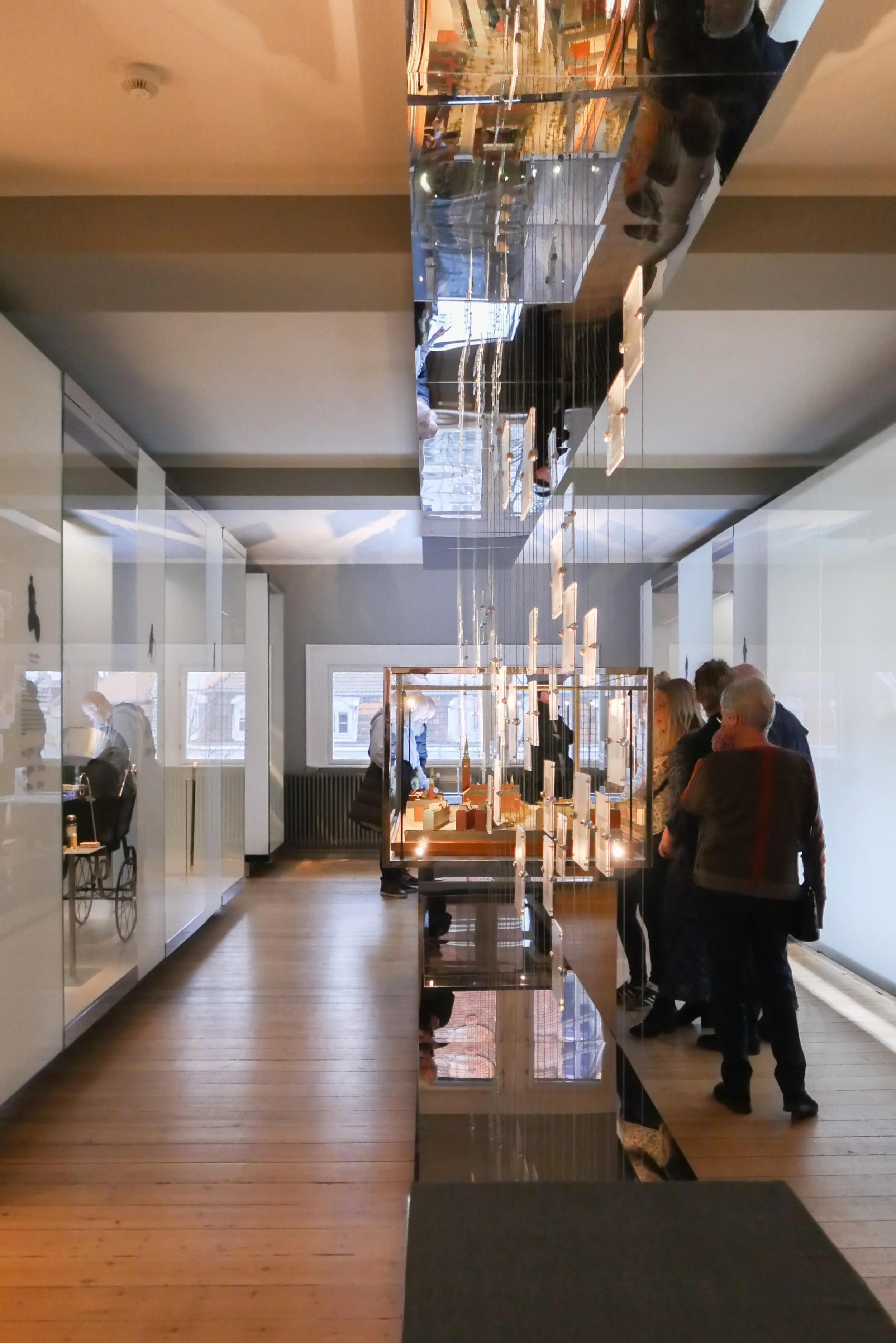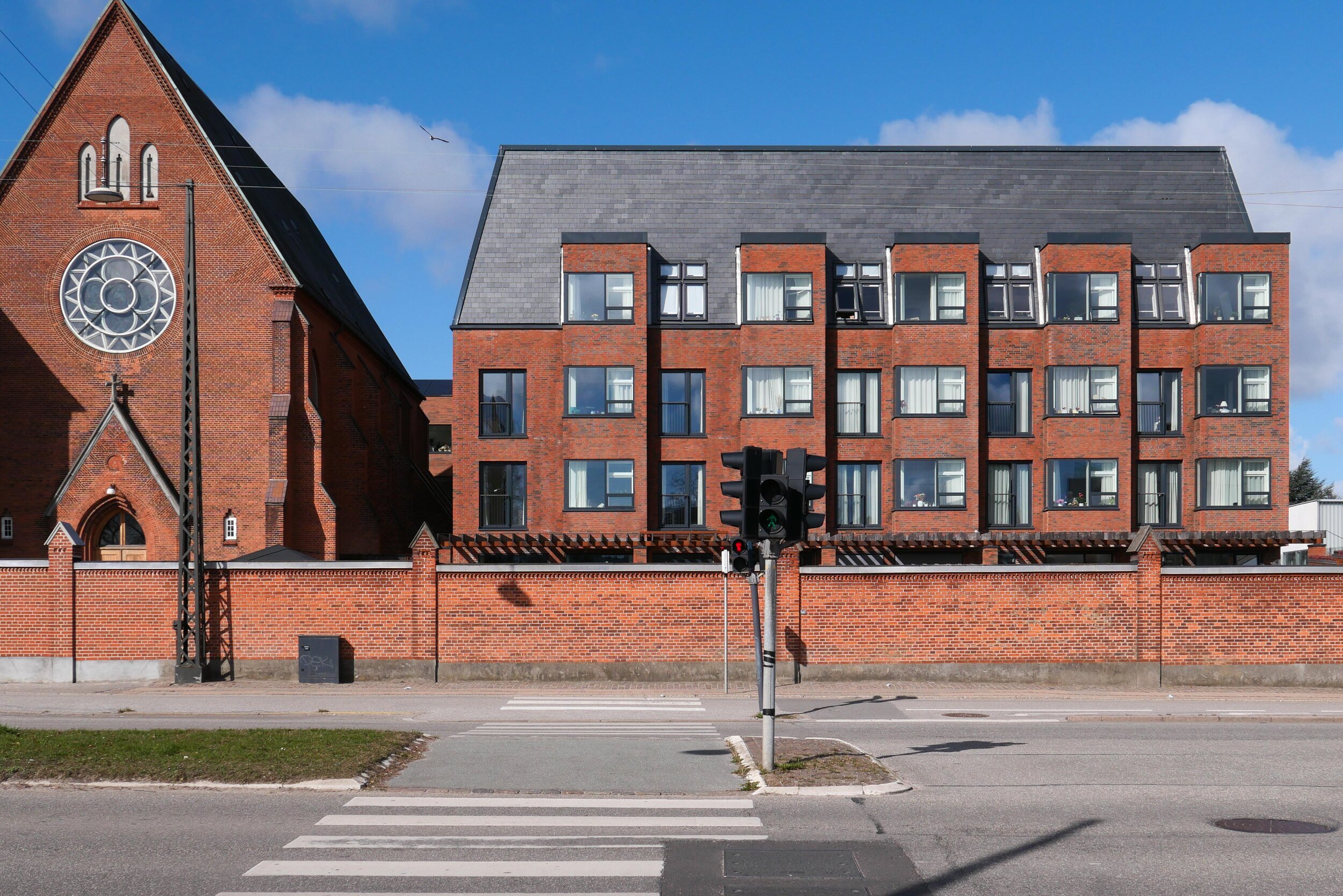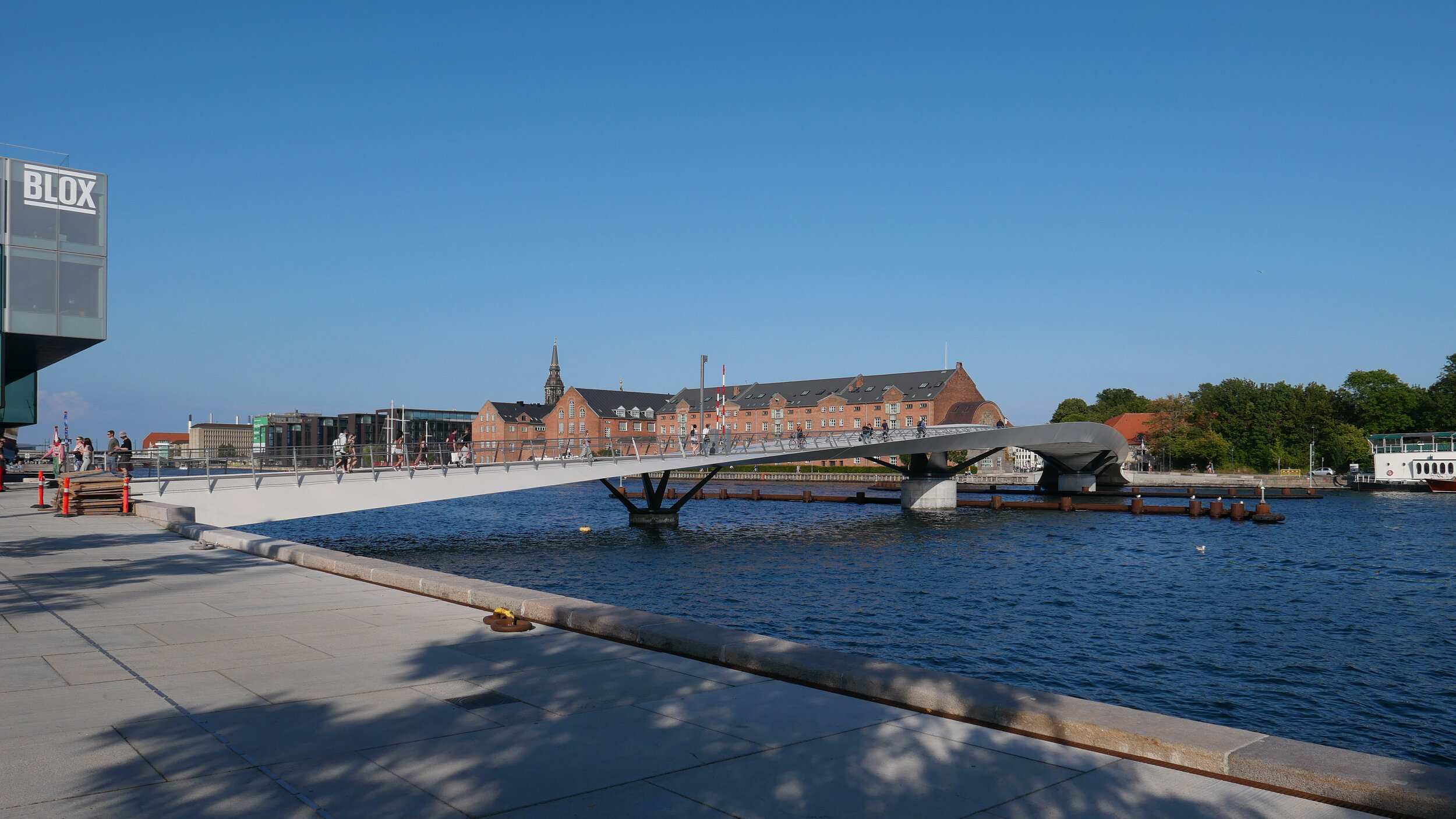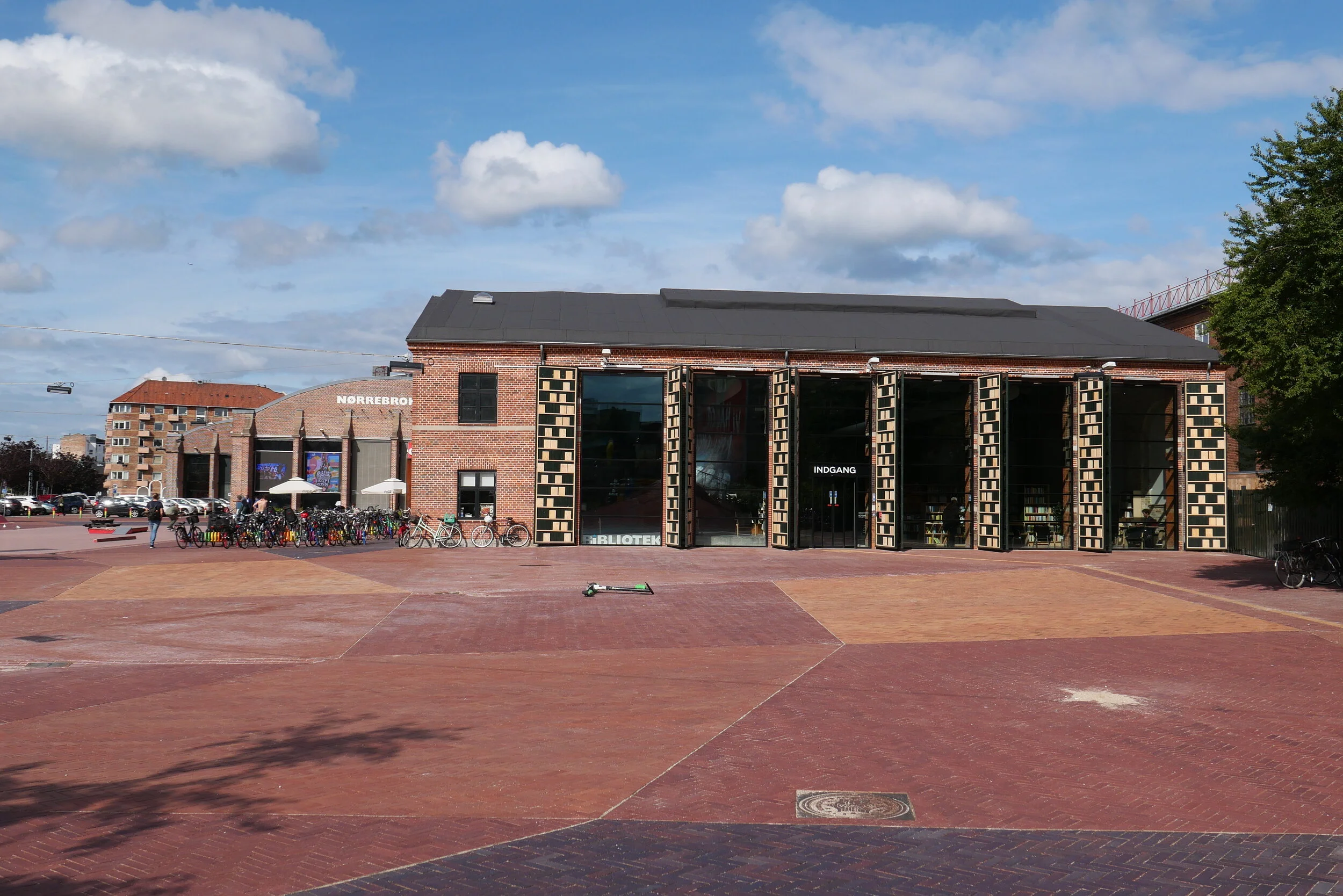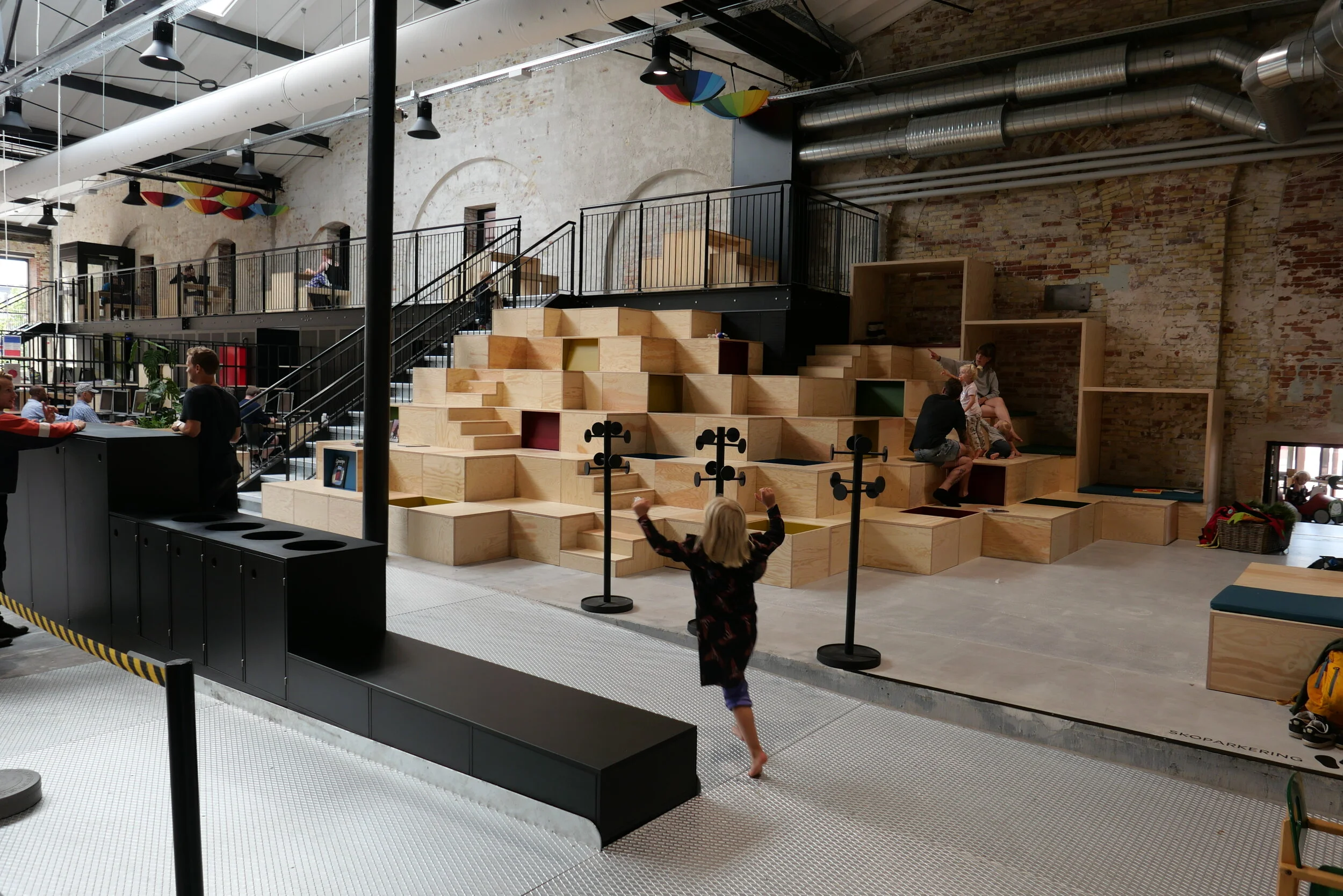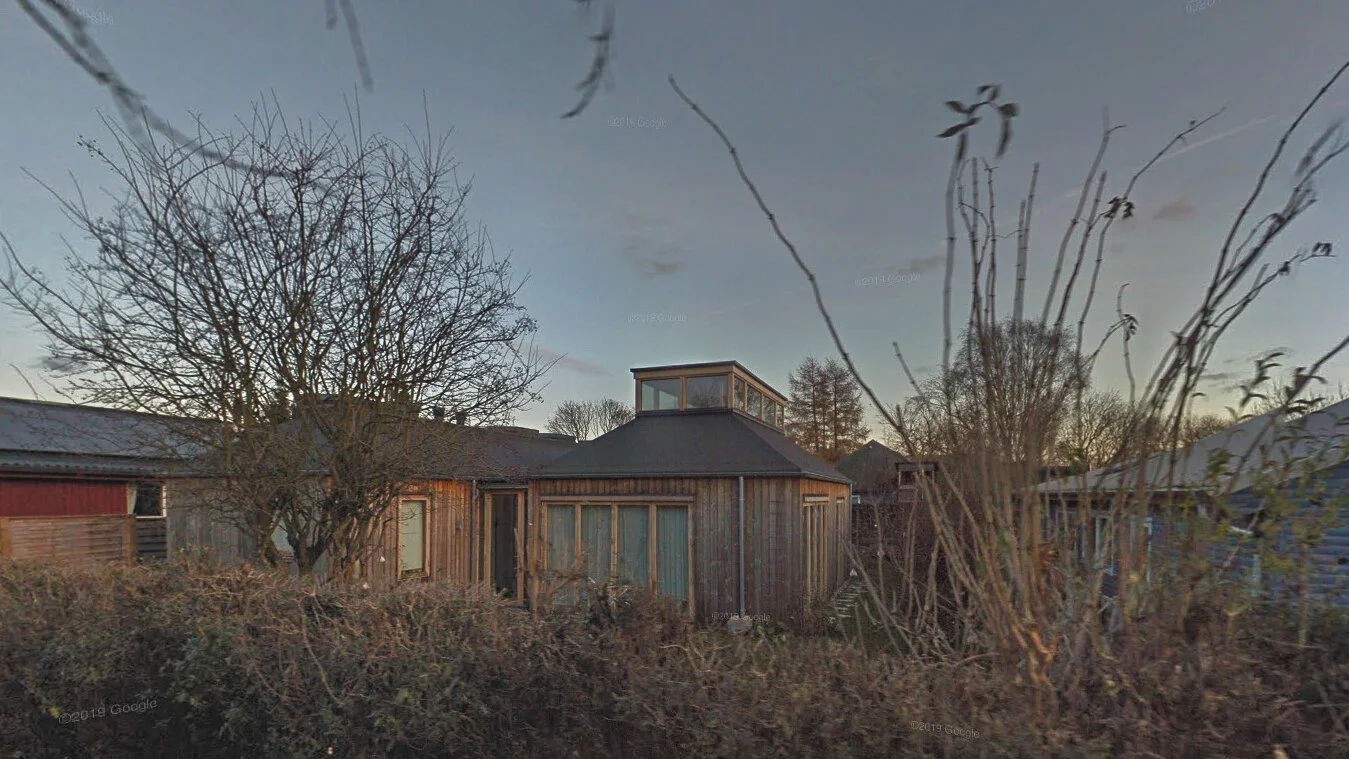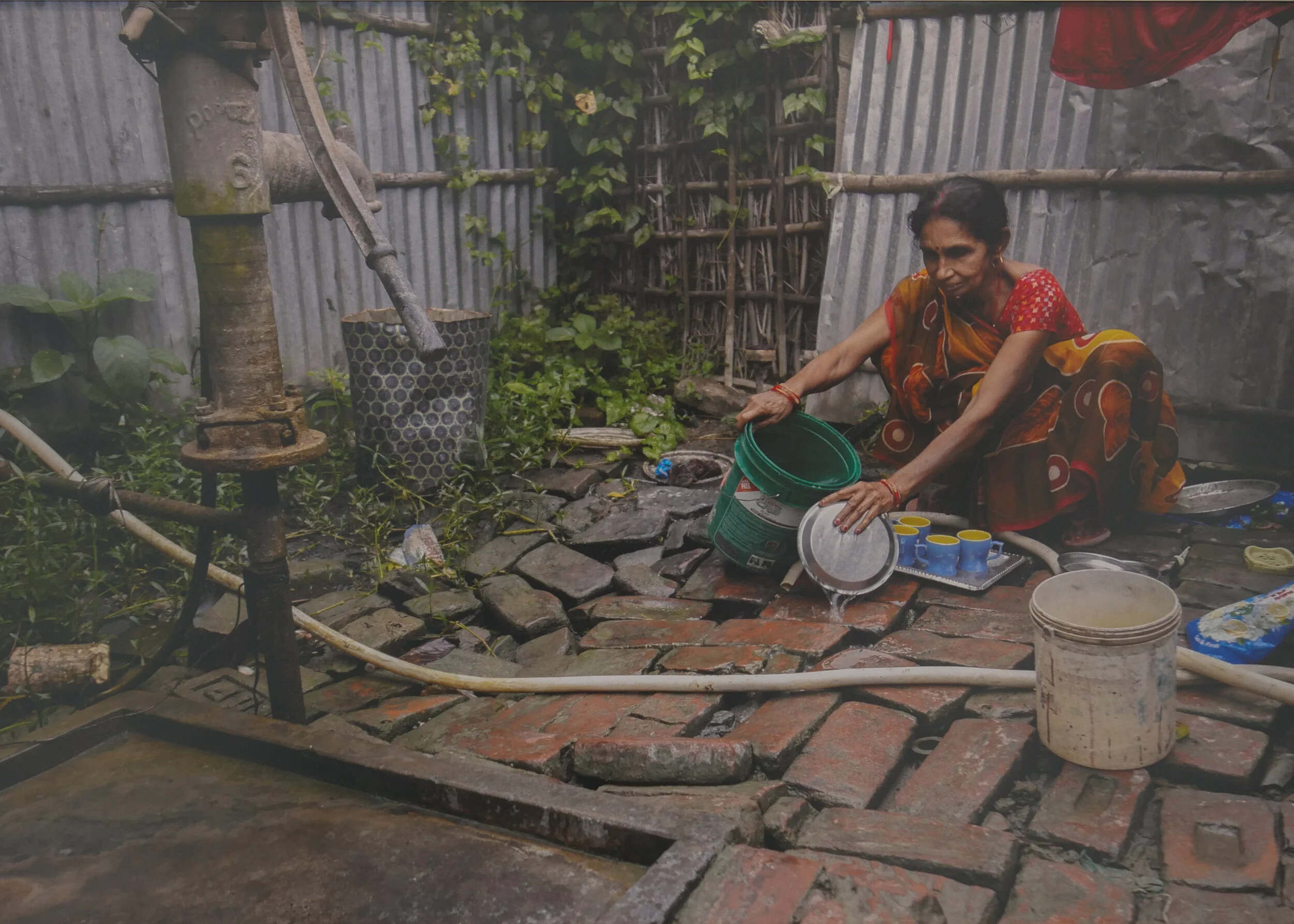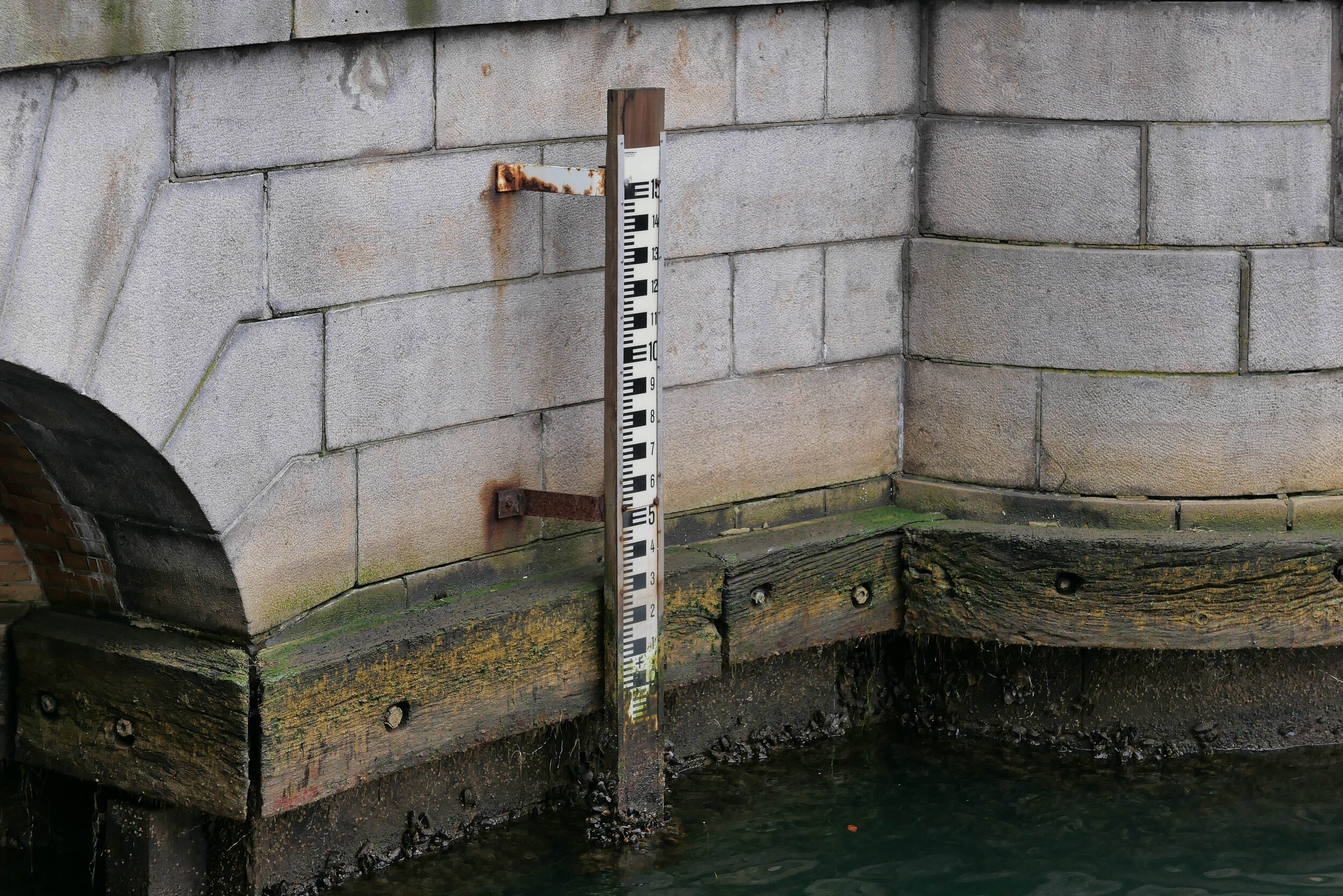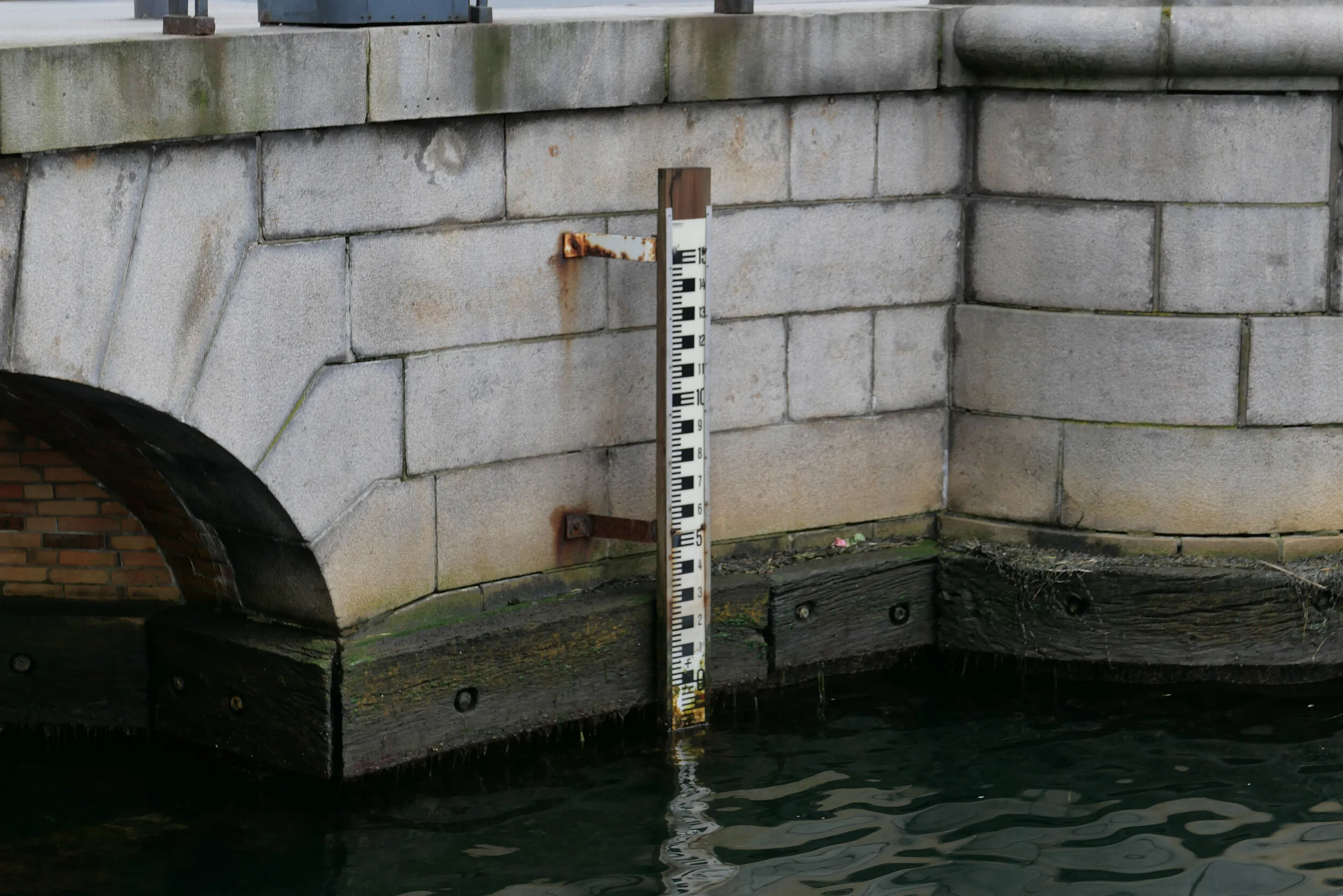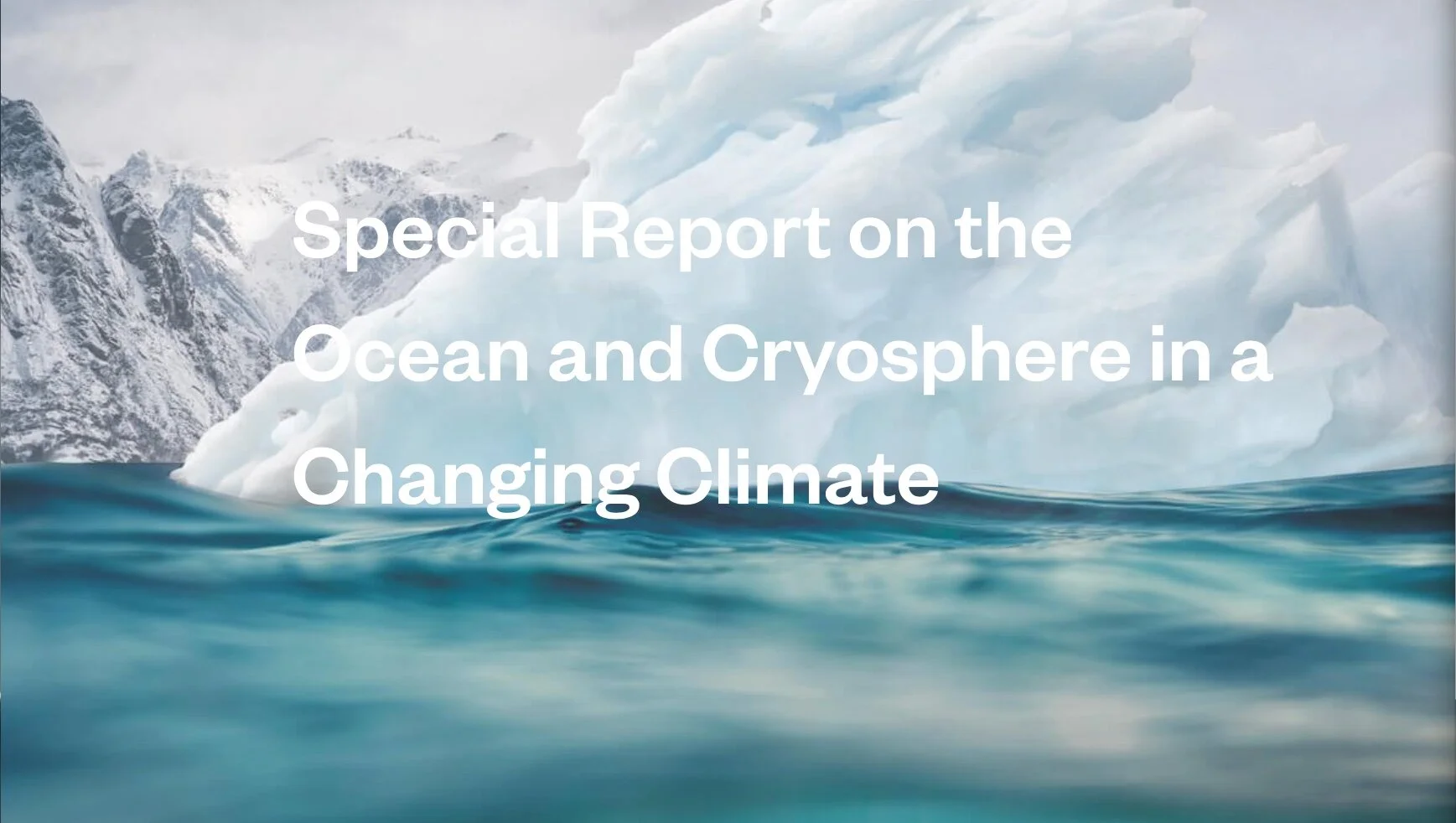Recently, I received an annual summary from the company that supplies electricity to my apartment. Apparently, my usage is "average" but I realised that I had no idea what that means or if it is good or bad. People can be average smokers but that still does not mean smoking is good for them
Here the meters are read remotely and payment is paid by my bank to the company automatically so it could not be easier and then electricity is one of those things I really don't understand. And that's even though I was relatively good at physics at school. I've got a literal sort of mind that likes to see cause and effect so, even now, I can't get my head around alternating current that, by simply its name, implies something that ebbs and flows. A pump can be switched to alternate … can suck or blow but if the water I use did the same then it would surely fill and then empty the sink!
I digress. What I really mean is that I can’t see or judge, in anything like real time, how much power I'm using and, in terms of my personal carbon footprint and my impact on global warming, that can't be good. Most people act only when they see the impact of what they do in real time.
So, out of interest, I looked on line and came across an article …. Carbon footprint calculators for citizens, Recommendations and implications in the Nordic Context by Marja Salo and Maija K. Mattinen that they published in 2017.
It does not provide the solution but does look at some of the problems in making this sort of interface easy to use and meaningful but also raises questions about how, in an age drowning in information, and, even in Scandinavian countries where there is probably a higher perception of the problems of global warming, it is still difficult to find out what we should do and what impact that will have.
In the first apartment I rented in Copenhagen, I was the first occupant in the place after it had been created in the attic space of a building well over a hundred years old and the owners pointed out just how much they had had to spend to comply with current standards for insulation but then I experienced the gains first hand when the first winter came. Despite being in the roof and despite large dormer windows and one large room with floor to ceiling windows onto a balcony, I did not turn on the radiators …. and that was despite the fact that it was on the community heating system so it would have been too easy to turn it on with no physical feed back of boilers going on and off that I'm used to.
In the second apartment, it was in a very large housing complex and monitoring electricity and heating use was outsourced through a heating consultant. He came one day to do an annual check with the figures for my power usage and said he wanted to check thermostats on radiators because I seemed to be consuming more than would be expected but that was resolved when I pointed out that it was a large and very open apartment and writing and doing research meant the apartment was occupied during the day and I was sitting at a desk in a large space with floor to ceiling windows in an apartment that was nearly twenty years old so not built to current standards and heating had to be kept relatively high or I'd have to sit at the computer wearing a scarf and gloves.
I'm suspicious of monitors and assessments offered by the utility supplier or the manufacturer of white goods because surely they just need to sell me more and, on the other hand, a generic and vague tick-box survey cannot, surely, take into account things like working from home and yet we really do need more guidance and more tangible proof that relates to us specifically if we are to change habits and make a difference.
Carbon footprint calculators





